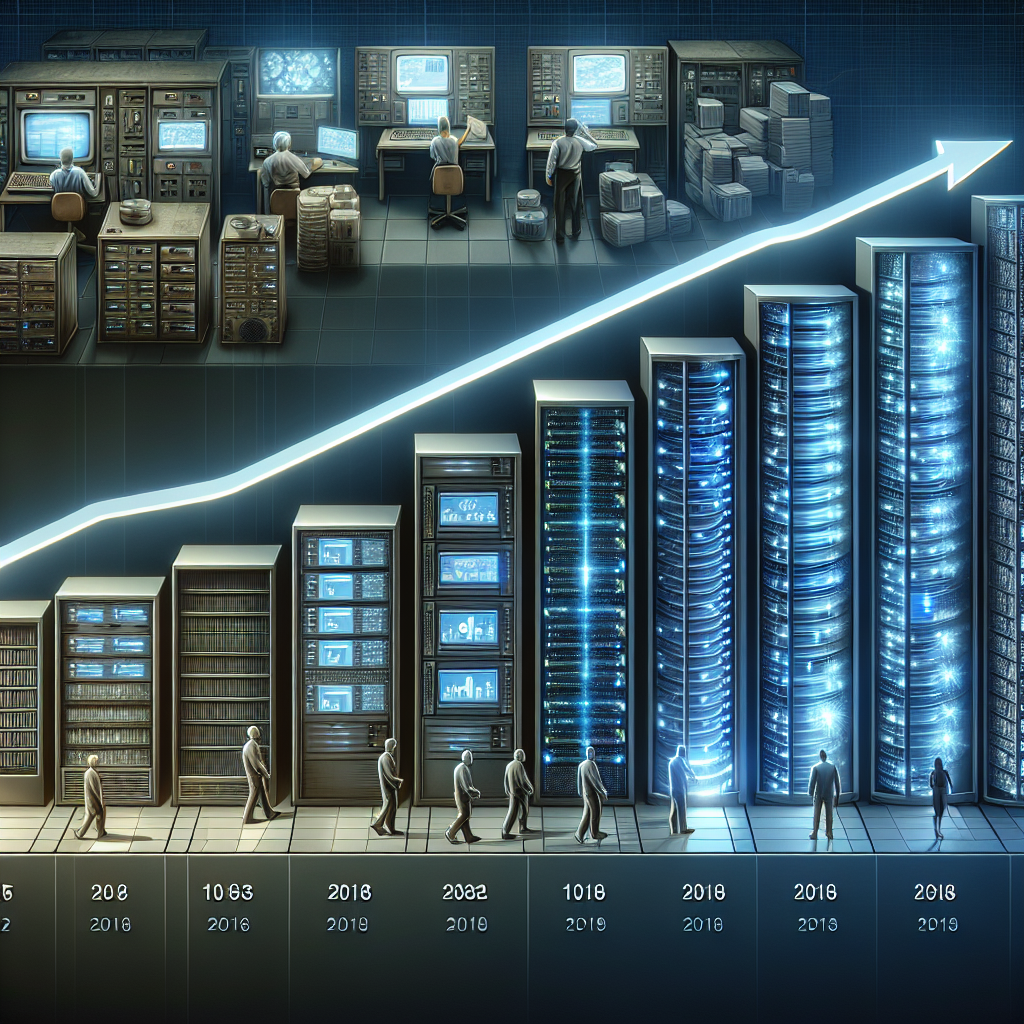Your cart is currently empty!
The Evolution of Business Continuity Planning in Data Centers

As technology continues to advance and businesses become more reliant on data and technology, the need for effective business continuity planning in data centers has become increasingly important. Business continuity planning is the process of creating a strategy to ensure that essential functions can continue during and after a disaster or other disruption. In the context of data centers, business continuity planning involves ensuring that critical data and services are available and accessible in the event of a disaster, such as a power outage, cyberattack, or natural disaster.
The evolution of business continuity planning in data centers can be traced back to the early days of data processing, when businesses relied on physical paper files and manual processes to store and manage data. In those days, the primary focus of business continuity planning was on creating backup copies of important documents and storing them in a secure offsite location. However, as technology evolved and businesses began to rely more heavily on digital data and automated processes, the need for more sophisticated business continuity planning strategies became apparent.
One of the key developments in the evolution of business continuity planning in data centers was the shift towards virtualization and cloud computing. Virtualization allows businesses to create multiple virtual machines on a single physical server, making it easier to replicate and back up critical data and applications. Cloud computing, on the other hand, allows businesses to store data and applications on remote servers that can be accessed from anywhere, providing greater flexibility and resilience in the event of a disaster.
Another important development in the evolution of business continuity planning in data centers is the increasing use of automation and artificial intelligence. Automation tools can help businesses quickly identify and respond to potential threats or disruptions, while artificial intelligence can help predict and mitigate potential risks before they occur. This can help businesses minimize downtime and ensure that critical data and services remain available and accessible.
In addition to these technological advancements, businesses have also started to take a more holistic approach to business continuity planning in data centers. This includes conducting regular risk assessments, developing comprehensive disaster recovery plans, and testing these plans regularly to ensure they are effective. Businesses are also increasingly focusing on building redundancy and resilience into their data center infrastructure, such as using multiple data centers in different locations or implementing failover systems to ensure that critical services remain operational in the event of a failure.
Overall, the evolution of business continuity planning in data centers has been driven by the increasing reliance on data and technology in modern business operations. By leveraging advancements in technology, automation, and artificial intelligence, businesses can better prepare for and respond to potential disruptions, ensuring that critical data and services remain available and accessible in any situation. As technology continues to evolve, it is likely that business continuity planning in data centers will continue to adapt and improve to meet the ever-changing needs of modern businesses.

Leave a Reply